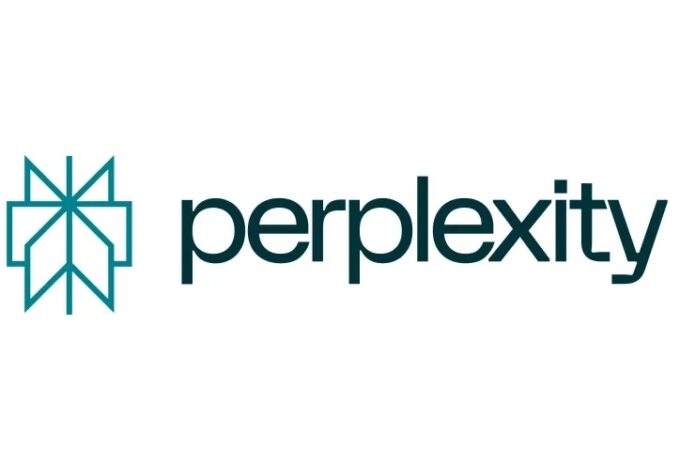
5 Cs of Opportunity in InsurTech
By Shwetank Verma for LTP
Insurance globally is an industry with scale, with USD 4.1 trillion dollars of premium written in 2015 alone. It is also an industry on the cusp of change – attracting investor interest in record numbers with investments totaling USD 1.4 billion on InsurTech firms in just the first three-quarters of 2016.
However, as I have interacted with various startups, it has become clear that the breadth and scale of the opportunity are not clear to many of them. The mental model of ‘InsurTech’ seems to be limited to the claims part of the value chain only. In this article, I outline a 5 C framework to help startups navigate the insurance opportunity landscape. I hope to convince more startups to have a clear strategy for selling to insurance carriers.
The 5Cs of opportunity in life insurance are – communication, customization, connection, cognition and consensus. Let’s look at each in turn:
Communication
At its core, insurance is a promise. Now, there isn’t much value in a promise if you can’t communicate it! The opportunity here is for startups creating interesting means of communication – think chatbots (SPIXII is a good example) and robo-advisors (Pi-sight) and those enabling the insurer to effectively use social media.
There is also an opportunity for those creating content – how can I better educate my customers about the benefits of my product? How can I become a source of valued and used content for my customers? Finally, the largest near-term opportunity lies in creating communication tools for the insurer’s intermediaries (agents and brokers). Most insurance business (especially in Asia) is still written through intermediaries and improving their ability to communicate with customers is high on the insurer’s agenda. Think Salesforce actually applied to the insurance workflow. How can you simplify the tool so that an agent uses it?
Customization
I’m sure my Amazon and Netflix recommendations are very different from yours. Yet, in all probability, our insurance dashboards look remarkably similar, if not the same. And, when it comes to renewal, our prices will be roughly the same (assuming we are the same age for life insurance or live in the same postcode for home insurance), regardless of the fact that I have not seen the inside of a gym in the last 10 years, while you visit one every day. Insurance has still not boarded the personalization bus.
I see two distinct opportunities in this pool: 1) Startups building recommendation engines to customize risk coverage (like Knip or Clark) and 2) Startups generating data sets that can be used to change the basis of underwriting. The potential for 2 is large – companies using connected devices, genomics and even social media analytics are all generating enormous data-sets. How can these be used to supplant traditional underwriting tables and bring about true customization in insurance? Tomorrow’s leading carriers will embrace “real-time underwriting” as customers produce more capture-able data. Digital Fineprint has made excellent progress in this regard.
Connection
The key challenge for companies today lies in getting noticed. To get noticed, you have to be part of your customers’ conversation. You have to engage without interrupting. It’s a tall order and insurance companies are particularly bad at it – we average only 1.44 customer interactions per year. It is hardly surprising that most customers feel no sense of connection or loyalty to their insurer and that insurance ranks near the bottom for customer satisfaction scores.
The opportunity here lies in ancillary services. Potentially, digital solutions that increase the number of connections we can have with a customer along the following aspects:
- Health, emotional health, affinity group, or financial goal setting
- Social media analytics and other heuristics to identify key moments
- Ideas that drive connectedness, helping us establish a deeper relationship with our policyholders
The top digital companies like Tencent and Facebook have shown that their chief assets are connections and community. Increasing customer interactions and loyalty is truly a billion dollar plus opportunity. Sureify is building a great tool-set to increase connections.
Cognition
I use cognition as shorthand for the wider Artificial Intelligence and Machine Learning opportunity. Strictly speaking, cognition runs across the earlier Cs (communication, customization and connection), but due to its impact, I feel it deserves its own section.
We are in the early stages of the artificial intelligence (AI) revolution. Learning algorithms, whose results improve with experience, will enable us to find patterns in large data sets and make predictions more effectively — about people, processes and entire systems. Ultimately, these technologies will completely transform the entire insurance organization.
In insurance, I see AI/ML tools being used for:
- Fraud detection and monitoring
- Claims automation
- Marketing with customization
- Behavioral analysis for improved pricing
- Preventive insurance using Genomic data sets
Insurance is one of the largest industries that you can target with your AI tool.
Consensus
By consensus, I mean blockchain(s) (consensus refers to the underlying algorithm that underpins their structure). For instance, a life insurer is the epitome of the trusted intermediary – you expect it to honor its promises after your death! Needless to say, when you can encode this trust onto a blockchain in a DAO (decentralized autonomous organization), then the whole industry will look very different.
However, in the near term, blockchains can have a significant impact on administrative costs by making processes such as KYC (know your customer), fraud and other verification services (policy issue, claim filing, etc.) cheaper.
Ideally, the entire industry would collaborate on a blockchain solution. However, that is challenging. So, can you find an attractive use case that can be used by a single insurer?
Collaborating with Insurers
Insurance is a heavily regulated industry and insider knowledge is a prerequisite for success. This makes it hard for entrepreneurs from outside the industry to enhance the capabilities of the industry. The smart bet is to partner with an insurer. It is a good idea to connect with the innovation lab – usually the easiest way into the organization.
Insurance is a large and exciting space. It can be a great vehicle for growth if you have a use case that fits one or more of the Cs.
First appeared at LTP




